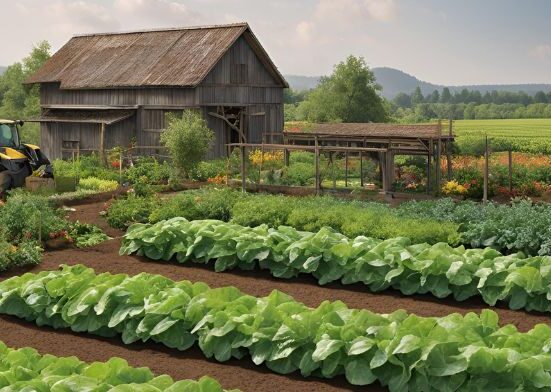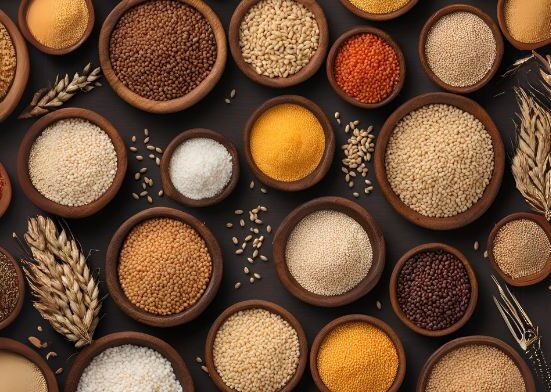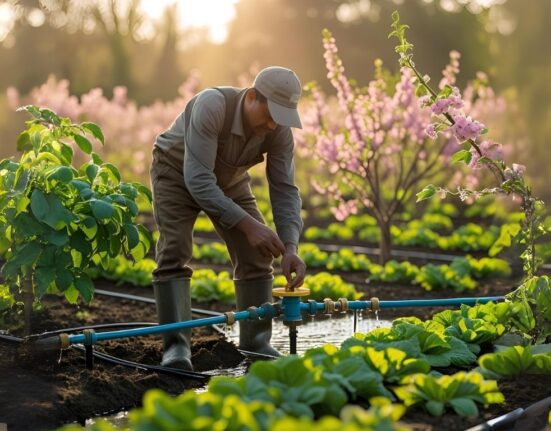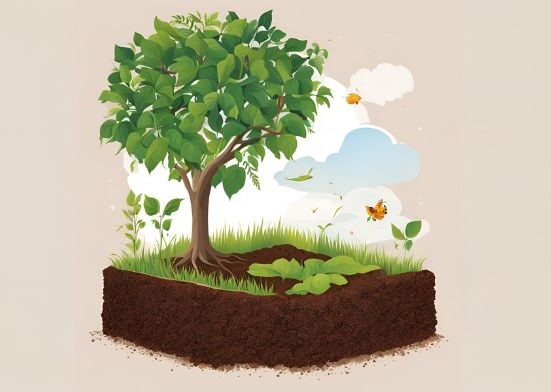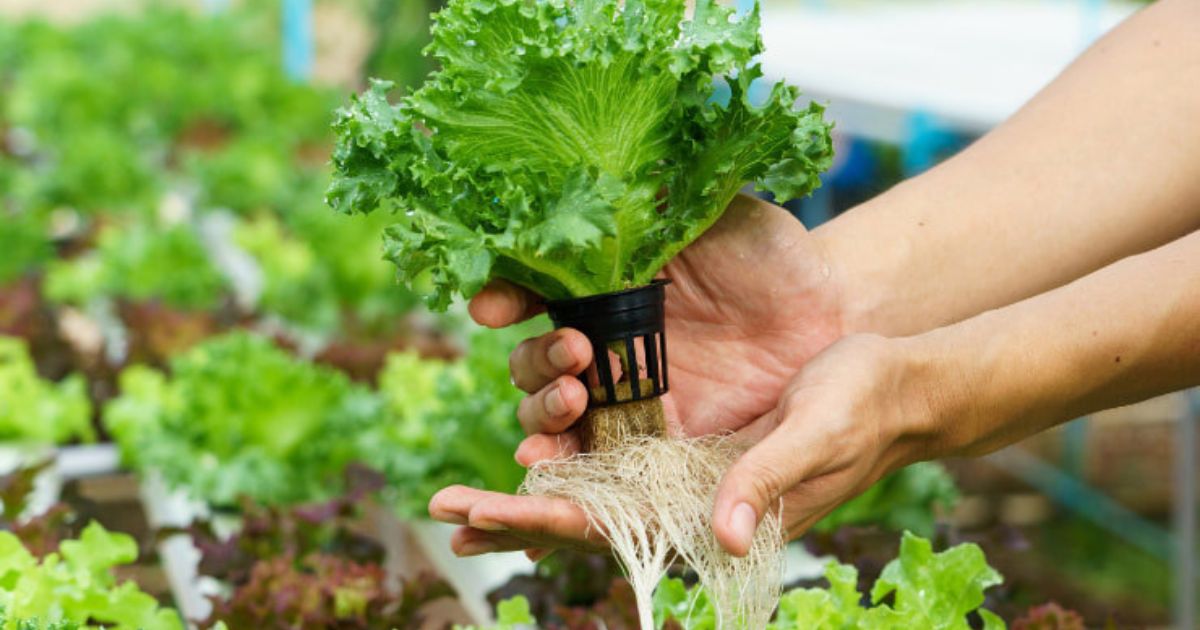Hydroponic farming is an innovative and sustainable method of growing plants without soil, using nutrient-rich water to nourish the roots. This technique offers numerous benefits, such as faster plant growth, space efficiency, and the ability to grow in areas with poor or contaminated soil. Ideal for beginners, hydroponics is a simple and effective way to cultivate vegetables, herbs, and even fruits indoors or in small spaces. This guide will take you through the basics of hydroponic systems, from setting up your first garden to understanding the key components, including lighting, water quality, and nutrient balance. Whether you’re looking to grow your food or start a new hobby, this guide provides all the essential information to get started with hydroponic Hydroponic farming for beginners farming.
What is Hydroponic Farming?
Hydroponic farming is a method of growing plants without soil by using a nutrient-rich water solution. Instead of relying on traditional soil-based agriculture, hydroponics provides essential nutrients directly to plant roots through water, ensuring faster growth and higher yields. This technique is ideal for urban farming, greenhouses, and indoor vertical farms. Different types of hydroponic systems include deep water culture, nutrient film technique, and aeroponics. These systems use mediums such as coconut coir, perlite, or clay pellets to support plant roots while efficiently delivering oxygen and How to start hydroponic farming nutrients.
Hydroponic farming offers several benefits, including water conservation, space efficiency, and reduced pesticide use. It enables year-round cultivation, independent of climate conditions, making it a sustainable solution for food production in urban areas and regions with poor soil quality. As technology advances, hydroponics continues to evolve, playing a crucial role in the future of Hydroponic gardening for beginners agriculture.
Benefits of Hydroponic Farming
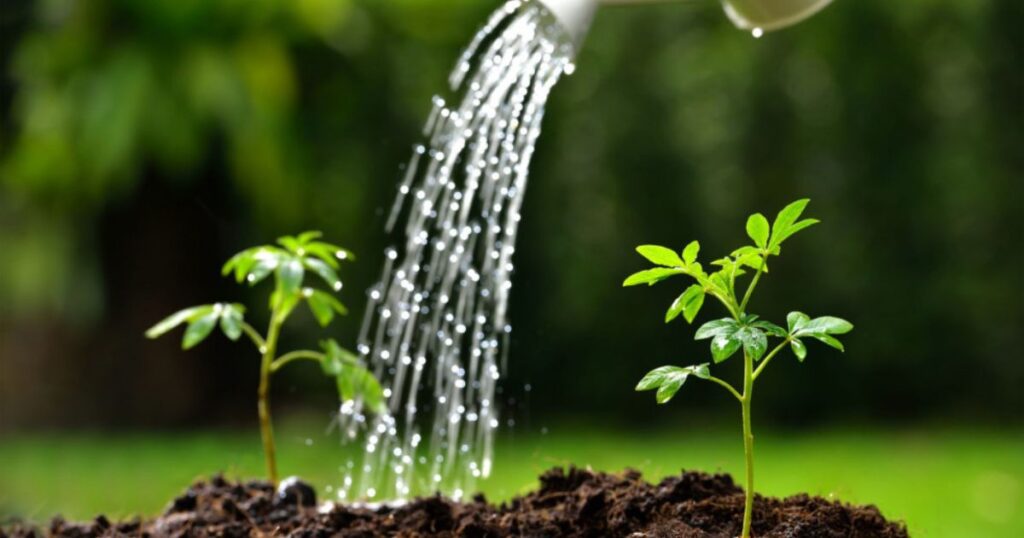 Hydroponic farming is a soil-free method of growing plants using nutrient-rich water solutions. This innovative technique offers numerous advantages over traditional farming. First, it conserves water, using up to 90% less than soil-based agriculture, making it highly sustainable. Second, hydroponics allows for faster plant growth and higher yields by providing optimal nutrients directly to the roots. Third, it eliminates the need for chemical pesticides and herbicides, resulting in healthier, cleaner DIY hydroponics for beginners produce.
Hydroponic farming is a soil-free method of growing plants using nutrient-rich water solutions. This innovative technique offers numerous advantages over traditional farming. First, it conserves water, using up to 90% less than soil-based agriculture, making it highly sustainable. Second, hydroponics allows for faster plant growth and higher yields by providing optimal nutrients directly to the roots. Third, it eliminates the need for chemical pesticides and herbicides, resulting in healthier, cleaner DIY hydroponics for beginners produce.
Additionally, hydroponic systems require less Hydroponic farming for beginners space, making them ideal for urban environments and indoor farming. They also allow for year-round cultivation, independent of weather conditions, ensuring consistent food production. Since the system is controlled, plants are less prone to diseases and pests. Lastly, hydroponic farming supports environmental sustainability by reducing land degradation and minimizing agricultural runoff. With its efficiency and eco-friendliness, hydroponics is a promising solution for future food security and sustainable agriculture.
- Faster Growth and Higher Yields – Since plants receive nutrients directly, they grow up to 50% faster than those in soil.
- Water Efficiency – Uses up to 90% less water compared to traditional soil farming.
- Space-Saving – Perfect for urban gardening as it requires less land.
- Fewer Pests and Diseases – Eliminates soil-borne pests and diseases, reducing the need for pesticides.
- Year-round cultivation – Can be practiced indoors with controlled environmental conditions.
Types of Hydroponic Systems
- Deep Water Culture (DWC) – Plants float on a nutrient-rich water reservoir, with roots submerged in oxygenated water.
- Nutrient Film Technique (NFT) – A continuous flow of nutrient solution runs through a sloped channel, feeding plant roots.
- Ebb and Flow (Flood and Drain) – Periodically floods the plant roots with nutrient solution and then drains back into a reservoir.
- Drip System – Provides a slow, steady drip of nutrients directly to the plant roots.
- Aeroponics – Plants are suspended in the air while nutrient mist is sprayed onto the roots.
- Wick System – A passive system where a wick draws nutrients from a reservoir to the plant roots.
Choosing the Right Plants for Hydroponics
Selecting the right plants for hydroponics is key to a successful, high-yield system. Leafy greens like lettuce, spinach, and kale thrive in hydroponic setups due to their fast growth and minimal space requirements. Herbs such as basil, mint, and cilantro also do well, benefiting from the nutrient-rich water. Fruiting plants like tomatoes, peppers, and strawberries can be grown hydroponically but require more support and precise nutrient management. Root vegetables like carrots and potatoes are generally not ideal, as they need loose soil for proper development.
When choosing plants, consider factors such as growth cycle, space availability, and lighting requirements. Additionally, hydroponic systems should provide optimal nutrient solutions and pH levels tailored to each plant’s needs. By selecting suitable crops, growers can maximize yield, conserve water, and enjoy pesticide-free produce. Whether for home gardening or commercial farming, hydroponics offers an efficient, soil-free way to cultivate fresh, healthy Hydroponic farming step by step plants.
Best Crops for Beginners
For novice gardeners, starting with easy-to-grow crops can boost confidence and ensure a successful gardening experience. Some of the best crops for beginners include leafy greens like lettuce, spinach, and kale, which grow quickly and are relatively forgiving in terms of care. Herbs such as basil, mint, and parsley are also great options, thriving in both soil and hydroponic setups. Root vegetables like radishes and carrots are perfect for beginners, as they grow quickly and require minimal space. These crops tend to have short growing cycles, which makes them ideal for beginners looking to see quick Easy hydroponic plants for beginners Saltwater Farming: The Future Of Coastal Agriculture results.
Plants That Struggle in Hydroponics
While hydroponics is a great method for growing many types of plants, some species struggle to thrive in a soilless environment. Plants with deep root systems, like large root vegetables (e.g., potatoes, sweet potatoes), often don’t perform well in hydroponic systems due to the need for ample space for root expansion. Similarly, certain fruiting plants, such as large tomatoes and melons, can be challenging because they require extra nutrients, space, and support. Some plants also need a high level of natural pollination or specific light conditions, making hydroponic systems less ideal for Soilless farming for beginners them.
Growth Cycles and Harvesting Tips
Understanding the growth cycle and optimal harvesting time for different crops is essential for successful gardening. Most plants have three key stages: germination, vegetative growth, and flowering or fruiting. For example, leafy greens like lettuce and spinach have a fast growth cycle, typically ready for harvest within 30 to 60 days. On the other hand, fruiting plants like tomatoes and peppers may take 70 to 90 days to mature. Harvesting tips include knowing when to pick based on color, size, or firmness and using the proper technique to avoid damaging the plant. Harvesting in the early morning when the plants are fresh is generally recommended to retain the highest nutritional value and Indoor water-based gardening Hydroponic farming for beginners flavor.
Essential Components of a Hydroponic System
A hydroponic system is a soilless method of growing plants using nutrient-rich water. The essential components include:
- Growing Medium – Instead of soil, materials like coconut coir, perlite, or rock wool support plant roots.
- Nutrient Solution – A balanced mix of essential minerals dissolved in water to nourish plants.
- Water Reservoir – Holds the nutrient solution and supplies it to plants.
- Pump & Delivery System – Ensures the nutrient solution circulates properly.
- Air Pump & Aeration – Provides oxygen to plant roots, preventing suffocation.
- Grow Trays or Channels – Support plants and allow efficient nutrient absorption.
- Lighting System – LED or fluorescent lights supply the necessary energy for photosynthesis.
- pH & EC Meters – Monitor acidity and electrical conductivity to maintain optimal nutrient balance.
Managing and Maintaining a Hydroponic Garden
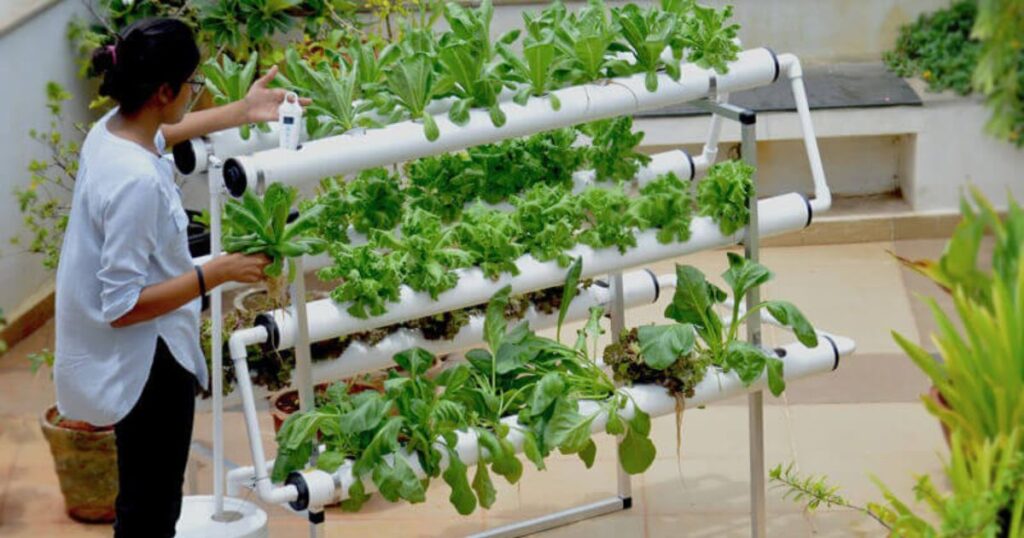 A hydroponic garden is a soil-free system that uses nutrient-rich water to grow plants efficiently. Proper management and maintenance are key to ensuring healthy growth and high yields. Regularly monitoring pH levels (typically 5.5–6.5) and nutrient concentration helps prevent deficiencies and imbalances. Water temperature should be maintained between 65–75°F to promote optimal root Hydroponic vegetable growing Hydroponic farming for beginners health.
A hydroponic garden is a soil-free system that uses nutrient-rich water to grow plants efficiently. Proper management and maintenance are key to ensuring healthy growth and high yields. Regularly monitoring pH levels (typically 5.5–6.5) and nutrient concentration helps prevent deficiencies and imbalances. Water temperature should be maintained between 65–75°F to promote optimal root Hydroponic vegetable growing Hydroponic farming for beginners health.
Lighting is crucial, with LED or fluorescent grow lights providing adequate energy for photosynthesis. Proper aeration and oxygenation prevent root rot, while regular cleaning of the system prevents algae and bacterial buildup. Pruning plants ensures airflow and maximizes growth potential. Pest and disease control in hydroponics involves using organic solutions and maintaining a clean environment. Regularly checking for signs of stress or nutrient deficiencies allows for timely adjustments. With proper care, a hydroponic garden can provide fresh, high-quality produce year-round, making it an efficient and sustainable method for growing plants indoors or Hydroponic nutrient solutions outdoors.
Nutrient Management and Monitoring pH Levels
In hydroponics, nutrient management is crucial for healthy plant growth. It involves maintaining the right balance of essential nutrients and ensuring they are readily available to plants. Regular monitoring of pH levels is essential to prevent nutrient lockout, where plants cannot absorb nutrients effectively due to incorrect pH. A pH range of 5.5 to 6.5 is optimal for most hydroponic systems. Regular testing of both pH and nutrient concentration, using tools like pH meters and EC (Electrical Conductivity) meters, helps maintain a healthy and productive hydroponic Hydroponic grow lights setup Flood Irrigation Pros and Cons environment.
Troubleshooting Common Issues (Nutrient Deficiencies, Algae Growth, etc.)
Troubleshooting common issues in hydroponics can involve recognizing signs of nutrient deficiencies, such as yellowing leaves or stunted growth, which are typically due to an imbalance of nutrients or incorrect pH levels. Algae growth, which can occur in systems with inadequate light control or poor water circulation, can be detrimental by competing with plants for nutrients. Monitoring nutrient levels, controlling light exposure, and keeping water clean are key practices in troubleshooting these issues. Regular system maintenance is essential for preventing these problems from Hydroponic farming for beginners escalating.
Pest and Disease Prevention in Hydroponics
Pest and disease prevention is an ongoing effort in hydroponic systems to ensure plant health. Unlike traditional soil-based cultivation, hydroponics eliminates many soil-borne pests, but pests like aphids, spider mites, and fungus gnats can still invade. Integrated pest management (IPM) strategies, such as introducing beneficial insects, using organic sprays, and maintaining a clean environment, are essential for controlling pests. Fungal and bacterial diseases can also be prevented by ensuring proper water circulation, maintaining humidity levels, and sterilizing tools and equipment Indoor farming techniques Top Tips For Better Surface Irrigation Systems regularly.
Cleaning and Maintaining Your System
Regular cleaning and maintenance are vital to keep your hydroponic system running smoothly and prevent issues such as nutrient buildup, algae growth, or blockages in the system. This includes cleaning reservoirs, pipes, and grow trays, checking pumps and air stones for blockages, and sanitizing all tools. Water should be changed periodically, and nutrient solutions should be replenished to ensure plants receive the proper nutrients. Keeping the system free of debris, algae, and pests ensures optimal plant growth and long-term system health.
Scaling Up: From Hobby to Business
Turning a passion into a profitable business is an exciting journey that requires careful planning, dedication, and strategy. Scaling Up: From Hobby to Business explores the essential steps to transition from a small-scale hobby to a sustainable enterprise. This includes refining your product or service, identifying your target market, setting up a business structure, and leveraging marketing strategies to attract customers.
Financial management, pricing strategies, and efficient operations are key to ensuring growth while maintaining quality. Additionally, adopting the right mindset, embracing challenges, and continuously learning can help entrepreneurs navigate the complexities of business expansion. Whether you’re a crafter, artist, freelancer, or small-scale entrepreneur, this guide provides practical insights to help you scale effectively. By taking strategic steps, you can transform your passion into a thriving business, achieving both creative fulfillment and financial success. Ready to leap? Let’s scale up!
Sustainability and the Future of Hydroponics
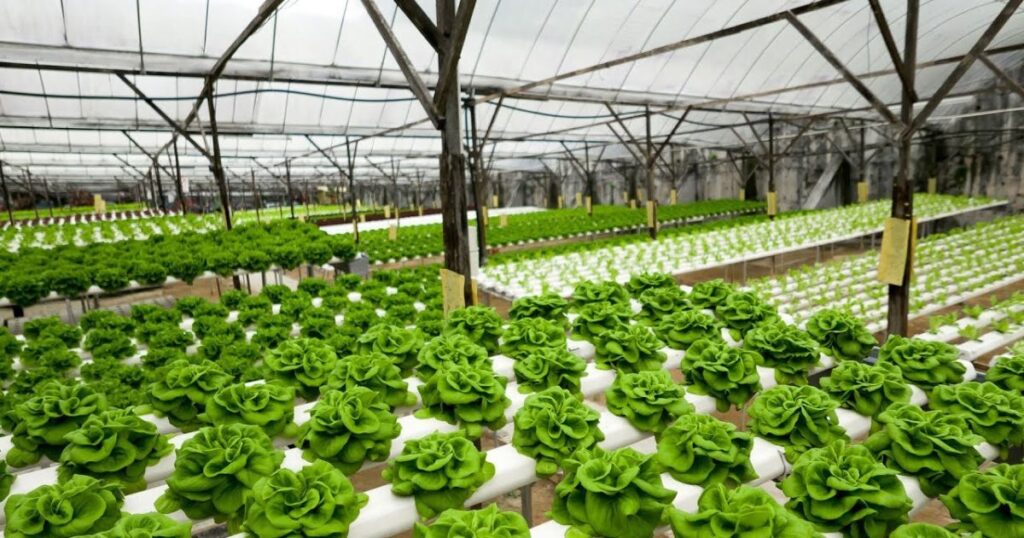 Hydroponics, a soil-free method of growing plants, is revolutionizing agriculture with its sustainable approach. By using nutrient-rich water solutions, hydroponic systems conserve resources, reducing water consumption by up to 90% compared to traditional farming. This method also eliminates the need for harmful pesticides and minimizes land use, making it an ideal solution for urban and vertical farming.
Hydroponics, a soil-free method of growing plants, is revolutionizing agriculture with its sustainable approach. By using nutrient-rich water solutions, hydroponic systems conserve resources, reducing water consumption by up to 90% compared to traditional farming. This method also eliminates the need for harmful pesticides and minimizes land use, making it an ideal solution for urban and vertical farming.
As climate change threatens global food security, hydroponics offers a resilient alternative, capable of producing high yields year-round in controlled environments. Advances in technology, such as automation and renewable energy integration, are further enhancing efficiency and reducing carbon footprints.The future of hydroponics lies in its scalability and accessibility. With continued innovation, hydroponic farms can provide fresh, locally grown produce in both urban centers and arid regions, reducing food miles and dependency on traditional agriculture. Emphasizing sustainability, hydroponics is shaping the future of farming, promoting a more efficient and eco-friendly food system.
Resources and Further Learnings
Resources and Further Learnings” refers to materials, tools, and opportunities that help deepen one’s knowledge and understanding of a specific subject. This can include books, articles, videos, podcasts, online courses, and academic journals, among other learning formats. It also encompasses practical resources such as software, guides, templates, and forums where individuals can engage in discussions and ask questions.
These resources are designed to support learners at various stages of their journey, whether they are beginners or experts looking to enhance their expertise. Further learnings often involve exploring advanced concepts, keeping up with the latest research or industry trends, and engaging with communities of practice. In today’s digital age, access to vast learning resources is just a click away, enabling individuals to continually expand their skills and stay relevant in a constantly evolving world. These resources ensure a continuous cycle of improvement and personal growth.
Setting Up Your First Hydroponic System
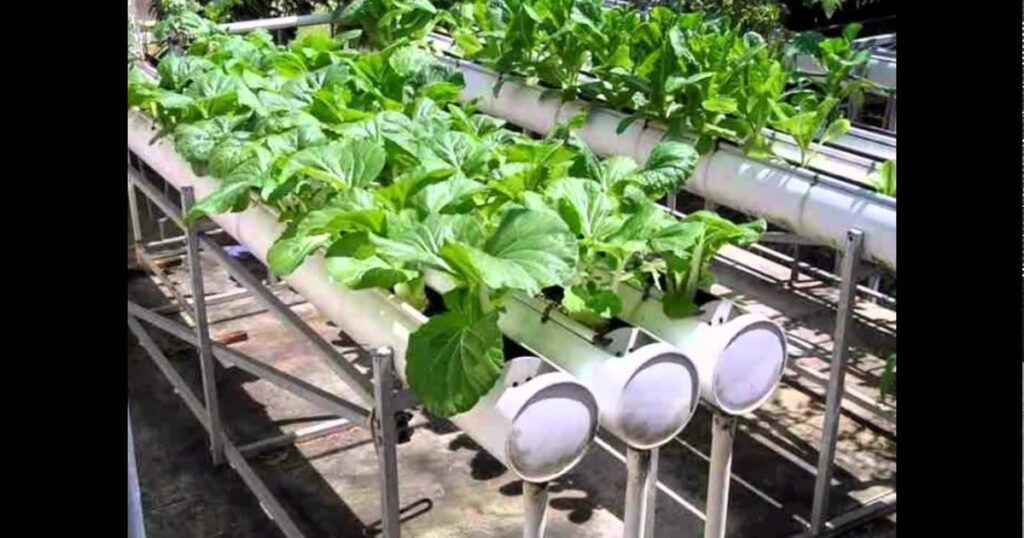 Setting Up Your First Hydroponic System” is a beginner’s guide that walks you through the essential steps to establish a successful hydroponic garden. Hydroponics is a method of growing plants without soil, using mineral nutrient solutions in water to nourish the roots. This system is ideal for small spaces or urban environments where traditional gardening might not be feasible.
Setting Up Your First Hydroponic System” is a beginner’s guide that walks you through the essential steps to establish a successful hydroponic garden. Hydroponics is a method of growing plants without soil, using mineral nutrient solutions in water to nourish the roots. This system is ideal for small spaces or urban environments where traditional gardening might not be feasible.
In this guide, you’ll learn how to select the best hydroponic system for your needs, whether it’s a deep water culture, wick system, or nutrient film technique. We cover essential components such as grow lights, pumps, water reservoirs, pH and nutrient monitors, and the importance of maintaining proper water and nutrient levels. You’ll also gain insights into the types of plants best suited for hydroponic growth, such as leafy greens, herbs, and strawberries. From assembling your system to troubleshooting common issues, “Setting Up Your First Hydroponic System” ensures you have the tools and knowledge needed for a successful gardening experience. Whether you’re growing for fun or cultivating your fresh food, this guide is your perfect starting point for a sustainable, soil-free garden.
Final Thoughts
Hydroponic farming is a rewarding and sustainable way to grow fresh produce at home or commercially. With the right setup and maintenance, even beginners can achieve great success. Start small, experiment with different systems, and enjoy the benefits of this innovative farming technique.
Conclusion:
Hydroponic farming offers a promising and efficient alternative to traditional soil-based agriculture. By using water and nutrient solutions, it allows for faster plant growth, higher yields, and the ability to grow in limited spaces. Beginners can start small with simple systems like Wick or Kratky methods, making it accessible to those with little experience. With careful attention to nutrient levels, pH, and plant needs, hydroponic farming can be a rewarding endeavor. Additionally, it promotes sustainable farming practices by using less water and reducing the need for pesticides. As interest in sustainable and local food production grows, hydroponics presents an exciting opportunity for future farmers and gardeners to explore.
FAQ:
What is Hydroponic Farming?
Hydroponic farming is a method of growing plants without soil, using a nutrient-rich water solution to deliver essential nutrients to the plants. Instead of soil, hydroponics uses a variety of growing mediums such as perlite, coconut coir, or vermiculite to support plant roots.
How does Hydroponic Farming Work?
In hydroponics, plants are grown in a water-based solution that is enriched with nutrients. The roots of the plants are submerged in the solution, allowing them to absorb nutrients directly. The system can be passive (like Wick or Deep Water Culture) or active (like Nutrient Film Technique or Aeroponics), depending on the design.
Do I Need a Lot of Space for Hydroponic Farming?
No, hydroponic farming can be done in a variety of spaces, from small indoor setups like kitchens or basements to larger, commercial-scale systems. Vertical farming or stacked systems can maximize space and allow you to grow more in a limited area.
What Types of Plants Can Be Grown Hydroponically?
Many plants can be grown hydroponically, including leafy greens (lettuce, spinach, kale), herbs (basil, mint, cilantro), strawberries, tomatoes, cucumbers, and peppers. Some systems can even support fruiting plants, though they might need more space and attention.
Is Hydroponic Farming Expensive to Start?
Initial setup costs for hydroponic farming can be higher than traditional farming, mainly due to the purchase of equipment like grow lights, pumps, and containers. However, over time, you may save money on water, fertilizers, and pesticides. It can also be more cost-effective if you are growing indoors and don’t need large land areas.
Do I Need Special Knowledge or Skills to Get Started?
Basic knowledge of plant care, such as understanding light, water, and nutrient needs, will help you succeed. Hydroponic farming is beginner-friendly, and many systems come with detailed instructions. There are also plenty of online resources and community forums where you can learn and get advice.



